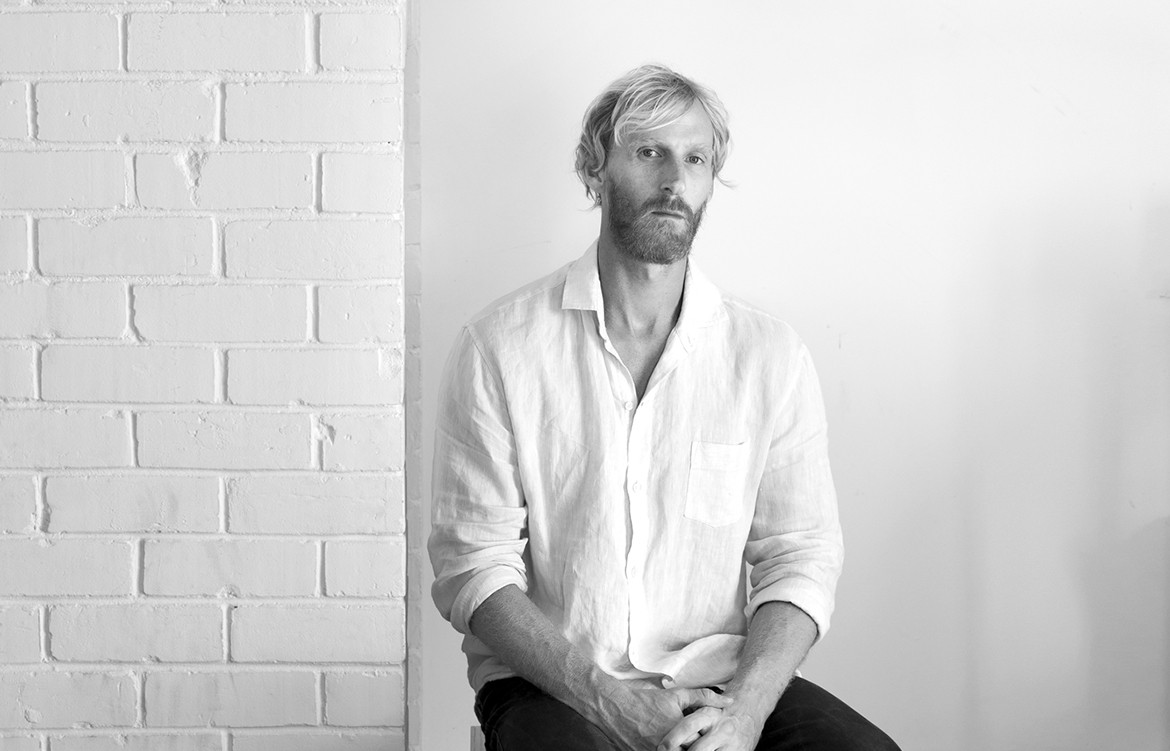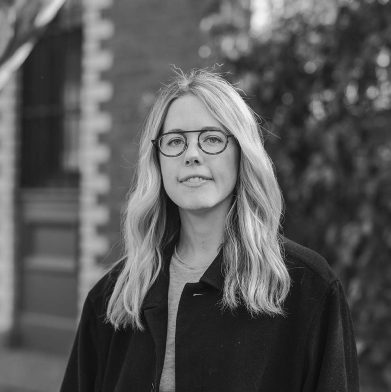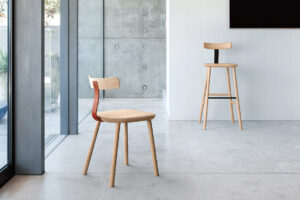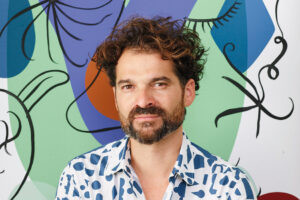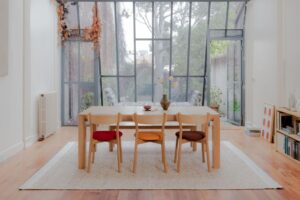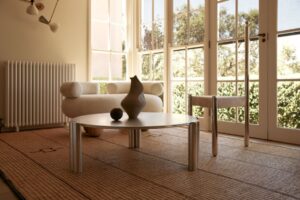Habitus: What is your background?
James Howe: I studied journalism at university because I could string a sentence together and enjoyed reading the Weekend Australian Magazine on a Saturday. My first job was at a small newspaper in the Northern Territory outback, which was strange and exciting for an Adelaide boy like me. It was an intoxicating place, with endless adventure to be had. I loved it. l still go there every year or two, mostly trying to find ways to get to the remotest fishing spots I can find on Google Earth.
I developed a freelance journalism and photography practice in Oxford in the UK, travelling to Europe and Africa to cover stories for magazines. It was the ideal place to be, because the Australian media has a strange obsession with Oxford University and ate up pretty much everything I threw them on the subject.

What led you to where you are?
I had never even heard of furniture design as a discipline until about five years ago. One day, my wife and I were shopping for furniture for our Adelaide house and I stumbled upon Borge Mogensen’s J39 Chair on Google Images. I still can’t explain it, but at that precise moment I became instantly and completely obsessed with furniture. In the following days, I spent hours looking at photos of the inside of Borge Mogensen’s home on the Internet (he is dead, which makes this habit either more or less creepy – I can’t decide which), as well as the work of Donald Judd. I also started exploring the local design scene where I found people creating world-class work such as Khai Liew and ceramicist Ulrica Trulsson, as well as the Adelaide craft and design institution JamFactory.
I also began designing furniture myself. I was fortunate enough for my first piece to win an international design award which took my wife and me to New York and gave me leverage to get into the JamFactory, where I stayed for four years.
How do you split your time between work and play?
It’s difficult because my hobbies take high priority. Aside from work and family, my three great loves are surfing, fishing and rock climbing. Running your own business allows the luxury of scheduling work around swell events, so that is good. I usually make up work time in the evenings once the kids are in bed.
What does home mean to you?
Home is joy and chaos in equal measures, because we have five children. My wife Joey and I both work to create a place of love and happiness for them. We live by the beach in Port Noarlunga, and the sea is a huge anchor for me. I visit it every day.
How does your home reflect your passions, interests and creativity?
I enjoy having a house to play with as a holistic design project. Thankfully Joey has an interest in design too, so is generally willing to put up with it. My long-standing fascination with traditional stone masonry means the garden is full of stone paving and walling I have built over the years.

How do you balance personal and professional life?
Balancing work and personal life is a constant challenge with five kids and Joey working full-time as a law professor at Adelaide University. You get used to squeezing work into small available time slots. I tend to work four days a week and stay home with our youngest two on the fifth. The kids get familiar with the local manufacturers I use and I get familiar with the local playgrounds they use, so we all learn something.
What obstacles have you had to overcome?
In my school years I was a terrible student and ended up dropping out. I probably had ADHD or similar — my grade 10 report card was straight-Fs, and I took it out to the shed a burnt it before my parents got home! Learning how to focus on academic work and find a path into university and a successful career was an unbelievably steep learning curve. But the experience has instilled me with a belief that human beings are capable of extraordinary personal reinvention.

What’s something you wished you had known before setting out on this career path?
How to design a really really good chair — something I still wish I knew.
Why do you believe culture, art and design are important?
I am very fixated on beauty, which is unfashionable in the current Australian design industry. But I think it’s very important to talk about, especially today. We used to create beauty almost by accident, as a by-product of the human toil necessary to build our environment. In the modern era, automated production of pretty much everything has made beauty scarce. I think this is a tragedy. Beauty may no longer be a by-product of our industry, but we can still consciously create it. I believe we should endeavour to do so whenever we can. Thankfully today there are a lot of people who think along similar lines, which is why I can have the tremendously blessed job of being a furniture designer.
James Howe
jameshowe.com.au
We think you’d like to read our interview with Planter Hunter Georgina Reid


